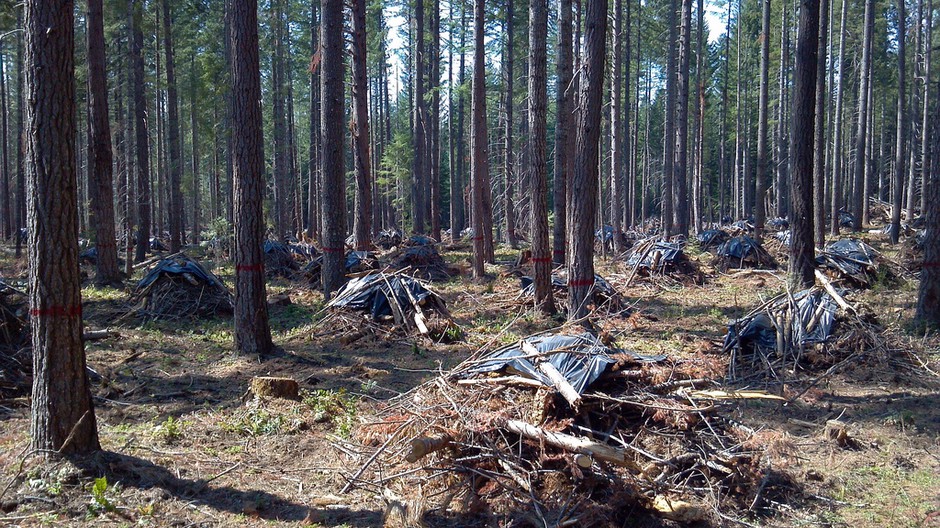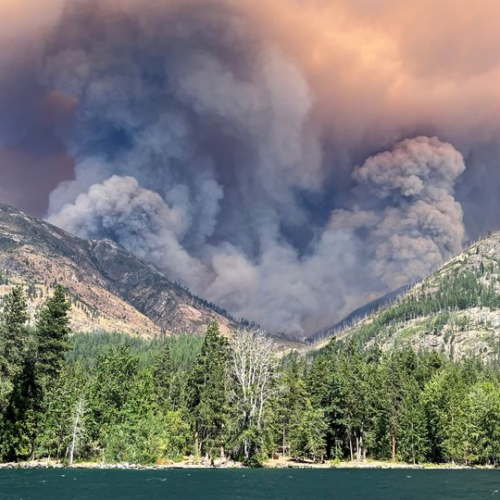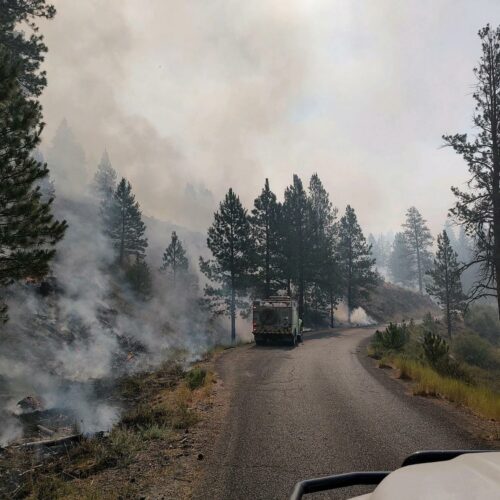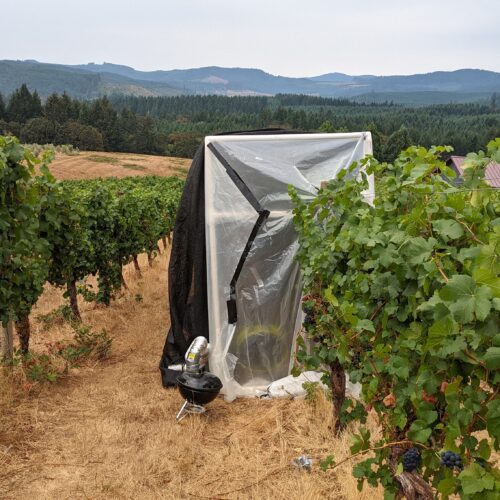
Senators Look To Expand Thinning Work In National Forests
Listen
A group of senators from western states want to expand a national effort to boost timber production and restore natural conditions on overstocked forests using thinning and other restoration work.
Legislation sponsored by Sen. Jeff Merkley, D-Oregon, and Sen. Mike Crapo, R-Idaho, would extend the Forest Service’s expiring Collaborative Forest Landscape Restoration Program for the next 10 years and double its annual budget to $80 million.
“It makes our forests healthier, more fire resistant. It creates jobs, creates saw logs. This is a really valuable program,” Merkley said.
The projects under this program pairs timber companies with local communities to do work in forests that became overstocked after decades of suppressing natural fires. Those tightly packed trees and brush can increase the risk of forest diseases and for larger, more severe wildfires.
The bill has the backing of a wide array of environmental and timber groups.
“In these collaboratives, they are working side by side to plant for the thinning of the forest, which produces the saw logs that the timber community wants to see, and the better environment that the environmental community wants to see,” Merkley said.
So far, the program has funded 23 projects in 14 states. Those have have generated 2.5 billion board feet of timber. Supporters credit the program with supporting more than 5,000 rural jobs.
Bruce Daucsavage, president of the Ochoco Lumber Company based in Bend, Ore., said in a statement that the program “has sustained jobs at our mill, brought diverse stakeholders together and resulted in significant restoration on the Malheur National Forest.”
Those 23 projects have also reduced the fuel load on nearly 3 million acres. That represents a little more than one percent of all the acreage in National Forest lands.
Copyright 2018 Earthfix
Related Stories:

Washington deals with peak fire season conditions, state agencies ready to respond
Everyone watching fires around Washington this week held their breath as about 600 lightning strikes hit the landscape across the state.
The Washington State Department of Natural Resources, who, alongside agency partners, prepared for those conditions this week by pulling in out-of-state resources and pre-positioning crews. The lightning strikes ignited at least two fires in the state, the Easy fire and Swawilla fire. According to a public information officer on the Swawilla fire, a series of fires started from lightning strikes on the Colville Reservation this week.

Around the Northwest, hot, dry, windy weather fuels fires
Dry, hot and windy conditions have communities on alert for wildfire danger across the Pacific Northwest. Those conditions propelled fire growth over the weekend, and more of the same weather is expected this week.

Oregon researchers hope to provide new tools to help wine growers address climate change, smoke
Pinot noir grapes at Oregon State University’s Woodhall Vineyard undergoing smoke experiments. (Credit: Sean Nealon / OSU) Listen (Runtime :54) Read Researchers are developing special coatings to protect Northwest wines















